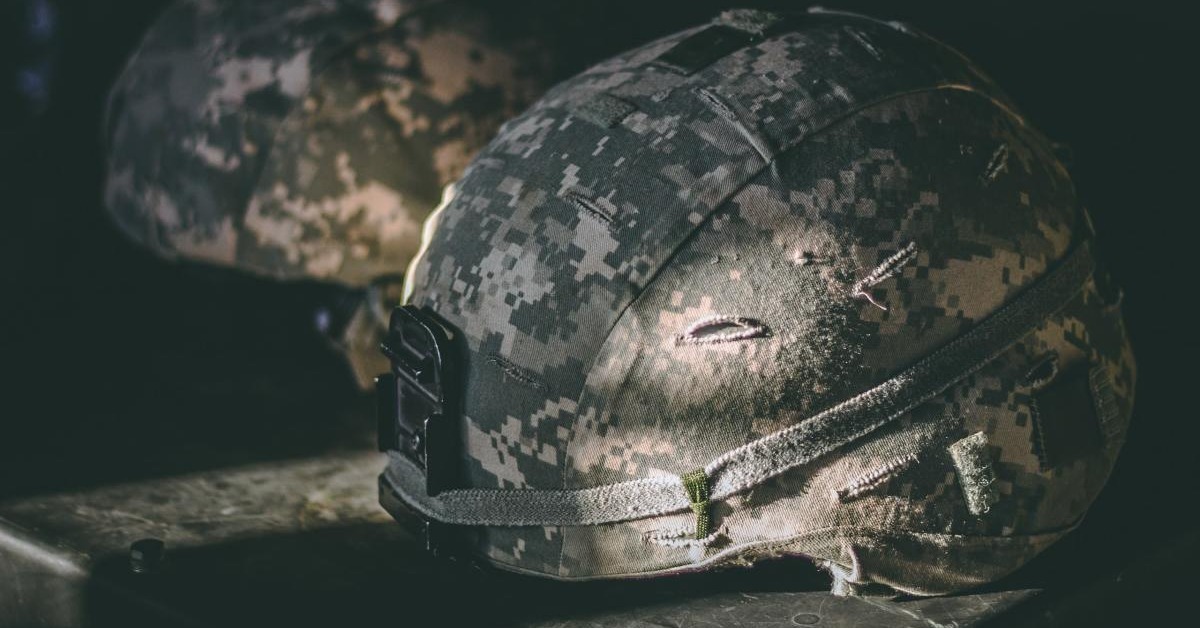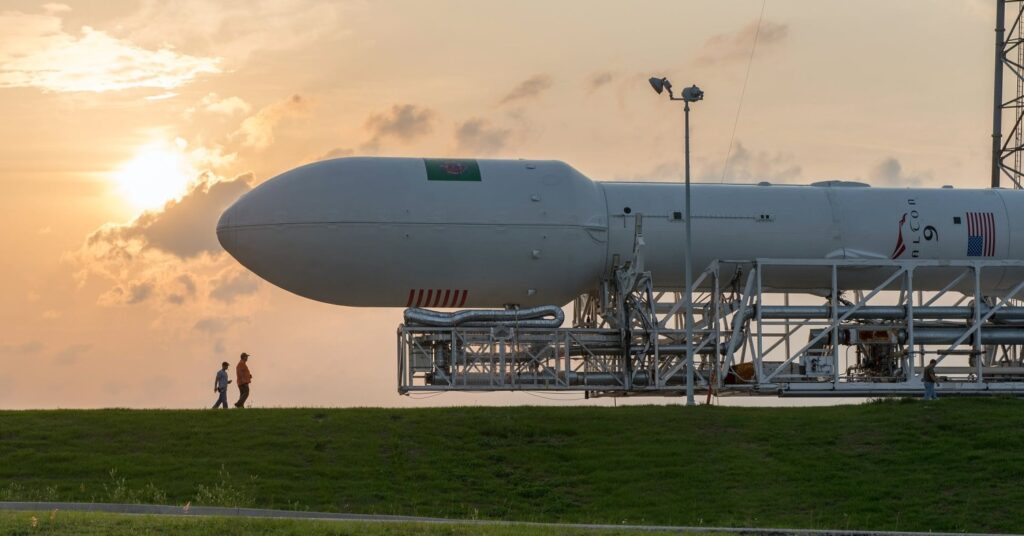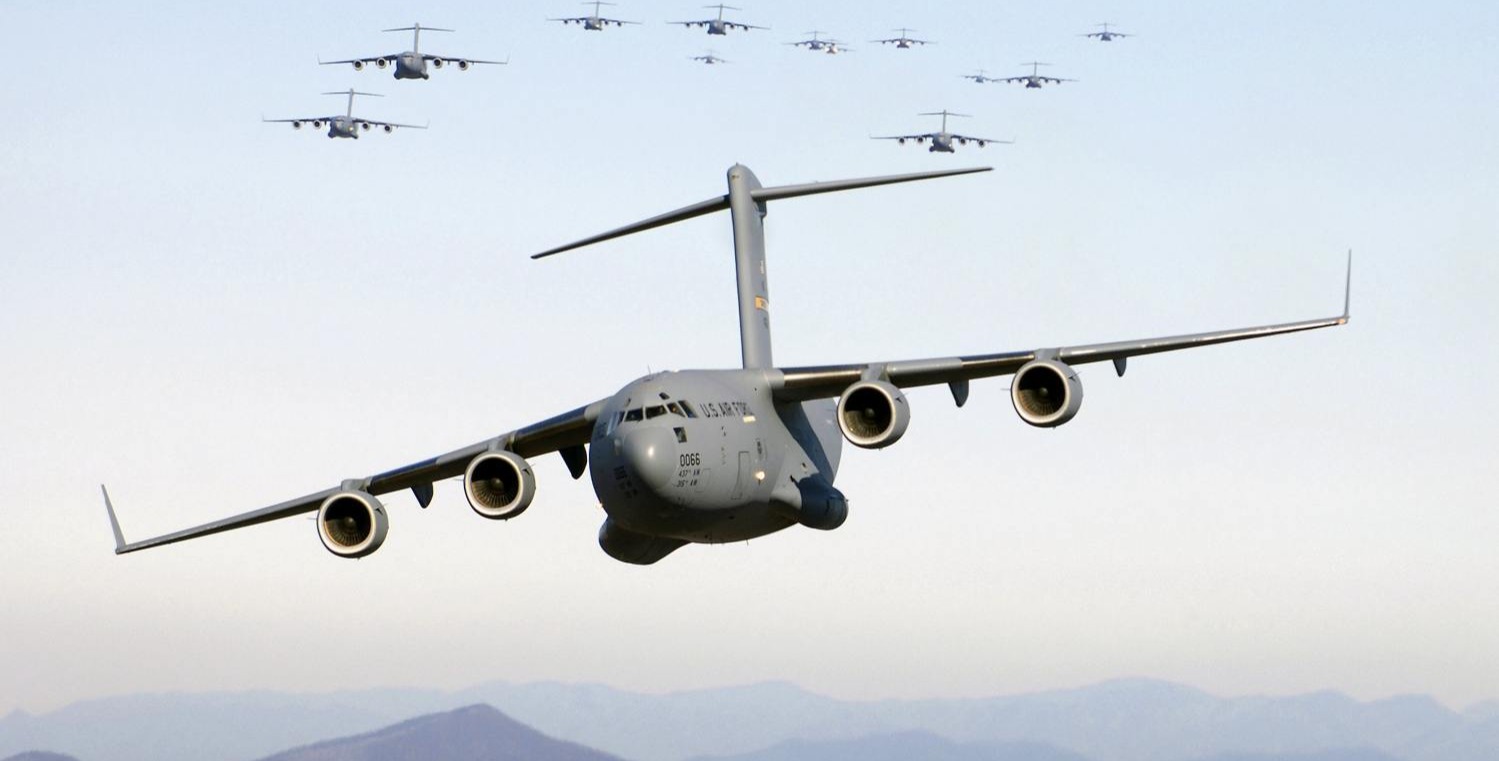
What is a Military-Friendly Gold School?
Some institutions are better positioned to support the military community [...]

Recently, our understanding of outer space’s vast expanses has been greatly enhanced by the magnificent images sent from the James Webb Space Telescope. Astronomers (and the rest of us) can now peer 13 billion years back in time and see stars and galaxies that formed soon after the Big Bang. It truly represents a giant leap for humankind.
Advancement of scientific knowledge is a complicated process requiring cutting-edge research and substantial funding. The $10 billion James Webb Space Telescope is, like most aeronautical programs, a collaborative effort—in this instance, among NASA and Canadian and European space agencies. It’s part of the rapidly expanding aerospace and defense field, which originated in the late 1950s but is still in its infancy, particularly the commercial space industry.
A McKinsey & Company report entitled “The role of space in driving sustainability, security, and development on Earth” cordons the space sector into four scenarios “with different levels of commercial value generation and collaborative governance.” Only the first scenario—”accessible, self-sustaining space economy”—offers a positive outlook. The other three, which McKinsey titled “domain of the Titans,” “unrealized potential,” and “national security arena,” face such obstacles s dated or limited frameworks, halted innovation, and overly burdensome government regulations.
The McKinsey report asserts that success in the space sector relies on support for a self-sustaining space economy through actions like:
Collaboration among industries and nations is required to ensure inclusive and peaceful participation in space security, sustainability, and cross-industry and multi-governmental cooperation.
The coming decade should bring significant growth in the aerospace and defense industry and numerous job opportunities, including many for those who aren’t aerospace engineers. If you’re in the military or already working in this field and want to advance your career, now may be a good time to consider earning an aerospace and defense MBA.
This article addresses the question how long is an aerospace and defense MBA program, as well as:
Aerospace and defense (A&D) technology evolves quickly. Professionals in the A&D industry work in a fast-paced world of innovation, growth, and change.
A targeted MBA program reflects that pace. Aerospace & defense MBA programs deliver the degree in about one year—about half the time it takes to earn a traditional Master of Business Administration (MBA).
An aerospace & defense MBA (ADMBA) is a professional management degree with a focus on the A&D industry, as its name indicates. An A&D MBA program teaches management, marketing, finance, operations, planning, and analytics from an A&D perspective.
ADMBA programs typically offer a hybrid format that combines distance learning and in-person residence periods. Students complete approximately 20 hours per week of online classwork and 3 to 5 single weeks of full-time, in-person residency to meet degree requirements. Professionals in the A&D industry with a decade or more of work experience may be eligible for an executive MBA program, which can consolidate study time to about 32 credit hours.
According to project manager Bill Ochs, the development of the Webb telescope took more than a decade and “the combined effort of about 20,000 engineers, astronomers, technicians and bureaucrats.” Program management at this level takes advanced business training plus extensive work experience. Professionals in many A&D MBA programs include employees from companies like Boeing, Lockheed Martin, and NASA.
An aerospace and defense MBA is also a great fit for members of the military—the Army and Air Force in particular—who want to move up in rank and enhance their skill set. Program offerings include instruction tailored specifically for government and military community members and coursework on problem-solving, industry insights, and program integration workshops. (Of note to servicepeople: GI Bill benefits can be applied toward tuition costs.)
The University of Oklahoma’s Price College of Business offers an aerospace and defense executive MBA program that has consistently ranked in the top five percent of Best for Vets in the Military Times, and is currently ranked number one for veterans in Oklahoma. As well, The University of Tennessee – Knoxville’s Haslam College of Business offers an aerospace and defense MBA program at a school that rates 100 percent “military friendly” in categories that include academic policies and compliance, admissions and orientation, financial aid and assistance, and military student support and retention.
Talented degree candidates come from business and military sectors . These programs are designed for professionals who want to expand their knowledge of business analytics, supply chain management, problem-solving, business development, acquisitions and contracts, human resources, and leadership.
Work experience figures prominently in aerospace and defense MBA programs admissions decisions. The collaborative learning design of these programs relies on students’ years of industry experience and shared knowledge; applicants should have five to ten years of work logged in A&D, with military experience a plus. The University of Tennessee – Knoxville’s A&D MBA program admits between 30 and 35 students each year to ensure a personalized, meaningful learning experience.
Additionally, admissions teams look for a bachelor’s degree from an accredited institution and transcripts reflecting a GPA of 3.0 or higher, GMAT or GRE scores for candidates with less than ten years of work experience, a resume highlighting professional and industry experience, letters of reference and recommendation from current and past employers, a personal statement, and satisfactory IELTS or TOEFL scores for students applying from countries where English is not a primary language.
A traditional MBA is a professional degree focusing on business administration, leadership, and management across industries. An A&D MBA synthesizes all the coursework through an aerospace and defense lens, allowing students to align their career goals to the A&D industry specifically. Many employers sponsor enrollment costs in part or in full as an investment in employee retention and professional development.
Currently, there are two dedicated A&D MBA programs in the US. Both offer flexible curriculum and coursework to match industry needs. A&D MBA students study program management, strategy, supply chain management, leadership, and finance. Programs focus on the most pertinent issues facing aerospace and defense: sustainability, security, and profitability.
The University of Tennessee – Knoxville’s A&D MBA program’s design dedicates 20 hours per week for remote reading and instruction, with five residency weeks scheduled every few months throughout the year, and an organizational action project overseen by a faculty member with expertise in the student’s subject matter. Collaboration with fellow students who are professionals in the aerospace and defense field, plus leadership guidance from a dedicated coach, encourages connections and relationships that support graduates for the rest of their careers.
The University of Tennessee – Knoxville’s A&D MBA program also offers networking and industry connections, personalized coaching and leadership assessments, and immersive industry-specific coursework. It features faculty members and professional career coaches who are leaders in their industry and know how to convey their knowledge to their students. According to recent data, 88.7 percent of The University of Tennessee – Knoxville’s A&D MBA program graduates were promoted within two years of graduation.
ADMBA graduates can find work in both public and private sectors, in a wide range of industries beyond aerospace and defense, like IT and healthcare. In addition many A&D master’s graduates earn their degrees while working and remain employed by the US Department of Defense (DOD), NASA, or in a DOD civilian job.
Non-military or government jobs for graduates include positions at Lockheed Martin, BAE Systems, Collins Aerospace, Delta, Raytheon Technologies, and Northrop Grumman. Typically these roles are in research and development, manufacturing, consulting, supply chain management, business management, human resources, quality control, information technology, cybersecurity, and communications.
With training geared to the A&D industry, professionals who complete these MBA programs are uniquely positioned for hiring and promotion in the aerospace and defense industry and beyond.
Questions or feedback? Email editor@noodle.com

Some institutions are better positioned to support the military community [...]

You'll meet industry insiders and thought leaders among your program's [...]

There are numerous well-paying product manager job opportunities in 2022, [...]

The 8 Keys to Success,created by the DOE, VA, and [...]

Anyone with professional military, A&D industry, or business experience interested [...]
Categorized as: Aerospace, Business & Management